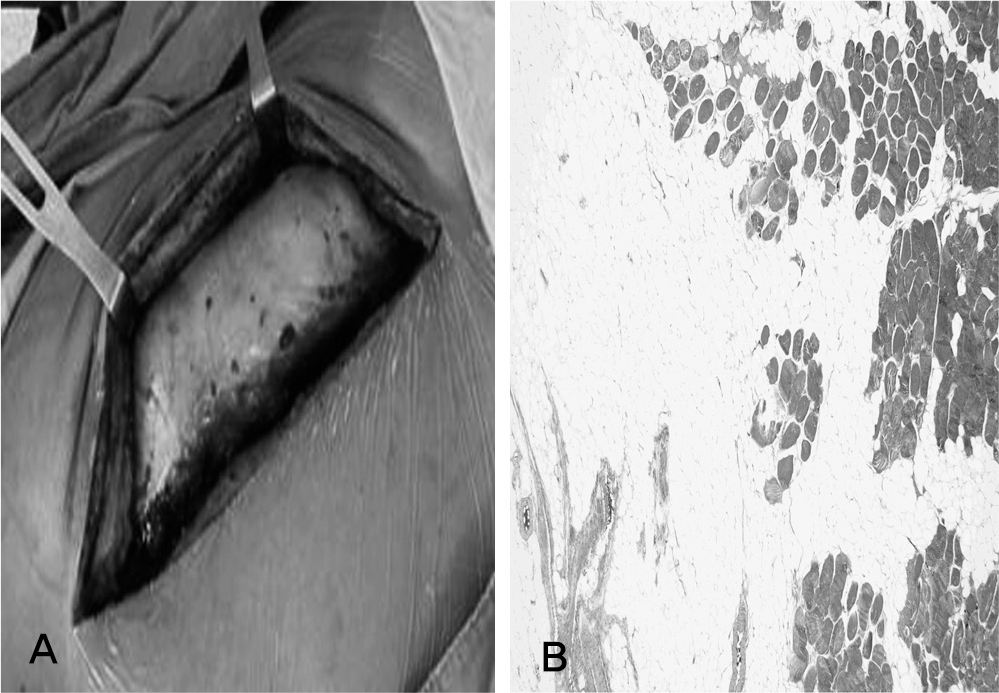Abstract
Summary of Literature Review
Lipomas are the most frequent benign tumor of the mesenchymal tissue. Although the etiopathogenesis is not complete understood yet, it is known that lipoma develope with a 1% rate after traumas in the related localizations. Traumata induce hematoma and initiates inflammatory reactions in fatty tissue and can trigger the development of lipoma.
Go to : 
REFERENCES
1. Weiss SW. Lipomatous tumors. Monogr Pathol. 1996; 38:207–39.
2. Aust MC, Spies M, Kall S, et al. Lipomas after blunt soft tissue trauma. Are they real? Analysis of 31 cases. Br J Der-matol. 2007; 157:92–9.

3. Brooke RI, MacGregor AJ. Traumatic pseudolipoma of the buccal mucosa. Oral Surg Oral Med Oral Pathol. 1969; 28:223–5.

4. Meggitt BF, Wilson JN. The battered buttock syndrome fat fractures. A report on a group of traumatic lipomata. Br J Surg. 1972; 59:165–9.
5. Signorini M, Campiglio GL. Posttraumatic lipomas. Where do they really come from? Plast Reconstr Surg. 1998; 101:699–705.
7. Turc-Carel C, Dal Cin P, Boghosian L, Leong SP, Sand-berg AA. Breakpoints in benign lipoma may be at 12q13 or 12q14. Cancer Genet Cytogenet. 1988; 36:131–5.

Go to : 




 PDF
PDF ePub
ePub Citation
Citation Print
Print




 XML Download
XML Download